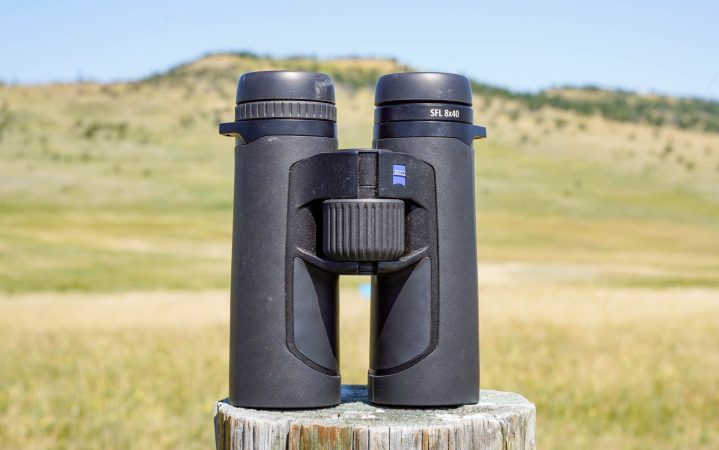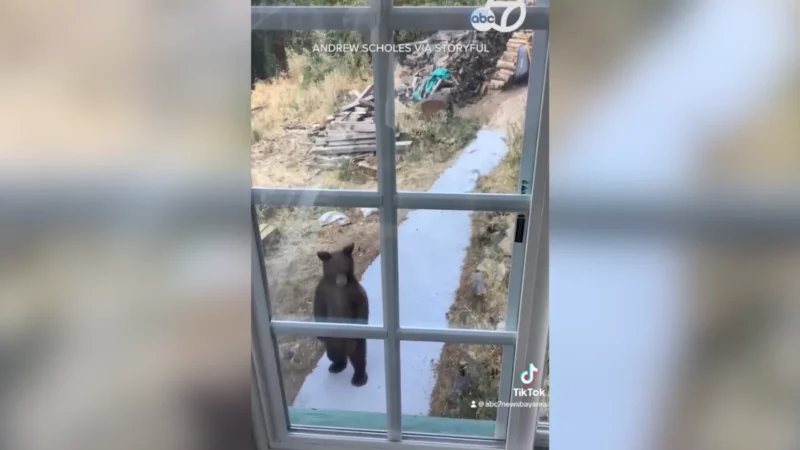Where to Go Camping to Beat the Crowds
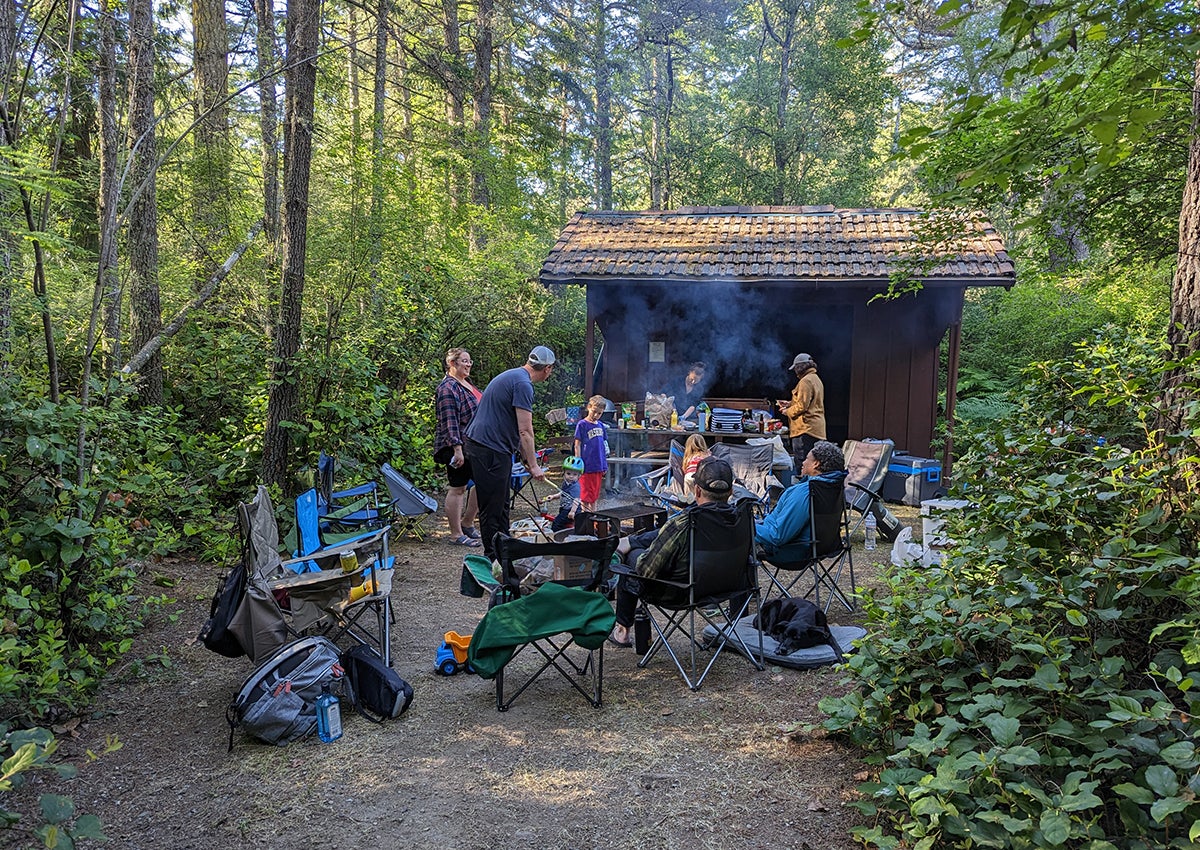
You’ve read the listicles on where to go camping. You made an account at Recreation.gov. Maybe you even set an alarm, so that you could be first online to snag a spot when the rolling reservations opened up. But you still can’t find a place to go camping. Now what?
It’s not just you. Camping has exploded in popularity in recent years. Actual campsites, however? Not so much. Whereas it was once just the likes of Yellowstone and Yosemite that you had to book out six months in advance, now just about every national park campground is facing the same problem.
But here’s the thing: There are plenty of beautiful places to camp, even last minute with no reservation. You just have to know where to look.
Why Is It So Hard to Find a Campsite?
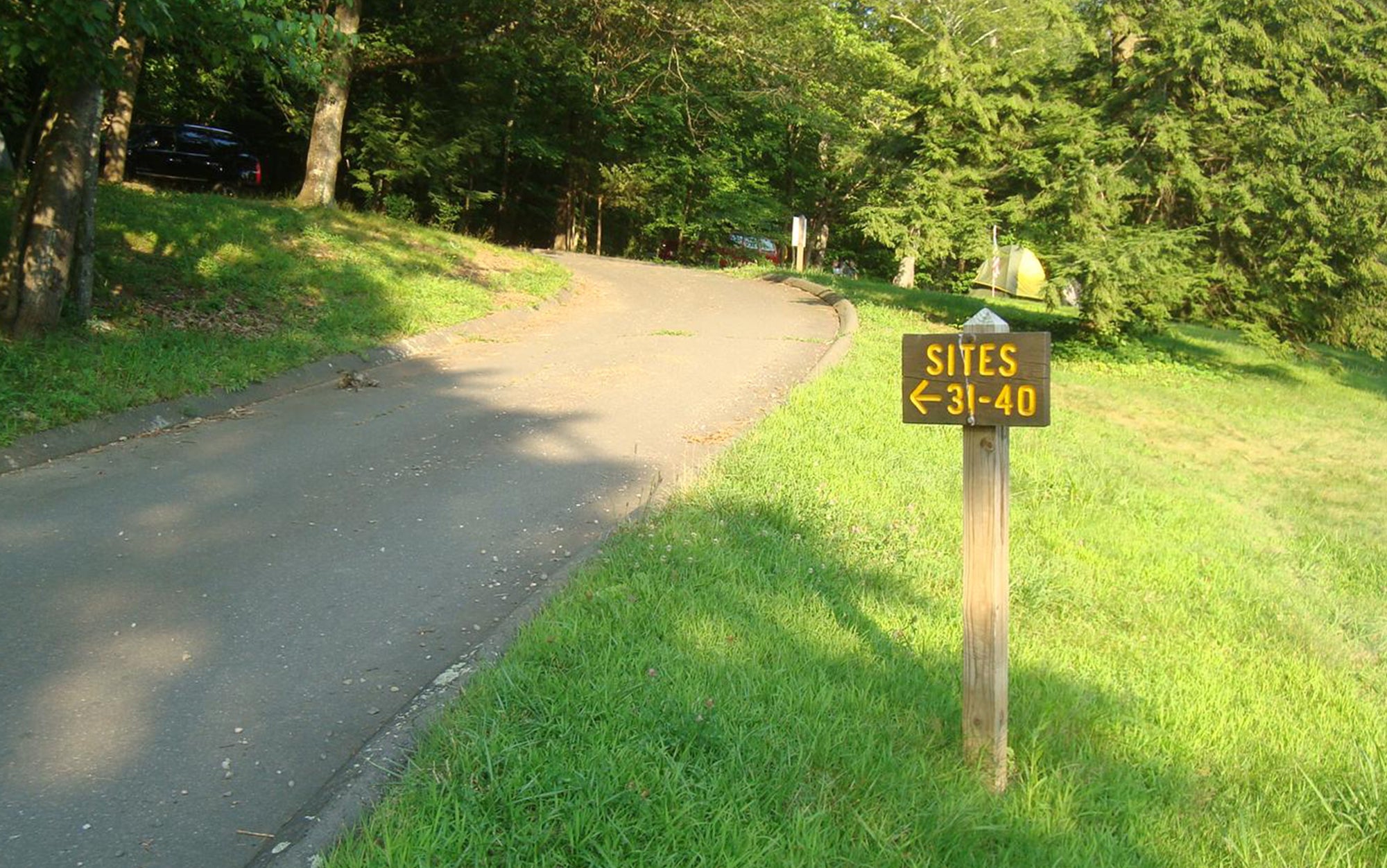
Let’s first look at why it’s so hard to book a campsite. Part of it is that there has been a major boom in camping in recent years. In some part due to the pandemic, which made more people interested in vacations that were 1) outdoors and 2) close to where they already lived. Part of it is the advent of Recreation.gov, which streamlined the reservation system, and made it that much easier to book a campground. That’s been a real boon for people looking for places to camp that are further afield from their usual stomping grounds. But the flipside to that is that there will be fierce competition to book any campsite on a “best of” list.
How to Book a Site on Recreation.gov
Typically, to get a coveted spot on Recreation.gov, you’ll need to plan ahead. Sites open up six months in advance, at 10 a.m. Eastern, 7 a.m. Pacific. The most coveted sites will be gone within minutes, maybe even seconds. Getting one requires being on the ball, and a fair bit of luck. In addition to competing against people (a lot of other people), you may also be competing against bots, which Recreation.gov is in an ongoing battle to thwart.
Another major issue is bad behavior. Some people will book a site for two weeks, even though they only plan to use the last couple of days on a reservation, in order to secure a specific holiday weekend. Sometimes they go back later and cancel the days they don’t need (eating the fee for doing so in the process). Sometimes they don’t, and their site simply sits there unused. If you’ve ever driven around a fully booked campground and wondered why half the sites are empty, this is a big part of it.
I don’t think you should take this tack, however effective it might be, as it makes it that much more difficult for everyone else to get a site. But you should take advantage of their bad behavior. No, I’m not suggesting you simply camp in whatever empty spot you find—the odds of someone kicking you out at 11 at night are just too high. But the rangers at some campgrounds are authorized to release campsites from confirmed no-shows. This is typically done early in the morning, and in person. Just check in with the campground host or ranger about the process. Plan to show up well in advance of when they release sites to snag your spot. If you get in line early enough in the morning, you can often find a campsite for the following day, even at highly coveted places like Tuolumne Meadows in California.
But, those “best of” lists extolling the likes of Yosemite and Yellowstone and Shenandoah represent less than 1 percent of all the camping options that are out there. Even national park campgrounds are just scratching the surface. There are other places you can camp that are just as good (sometimes better), minus the cutthroat competition.
Where to Go Camping Beyond Recreation.gov
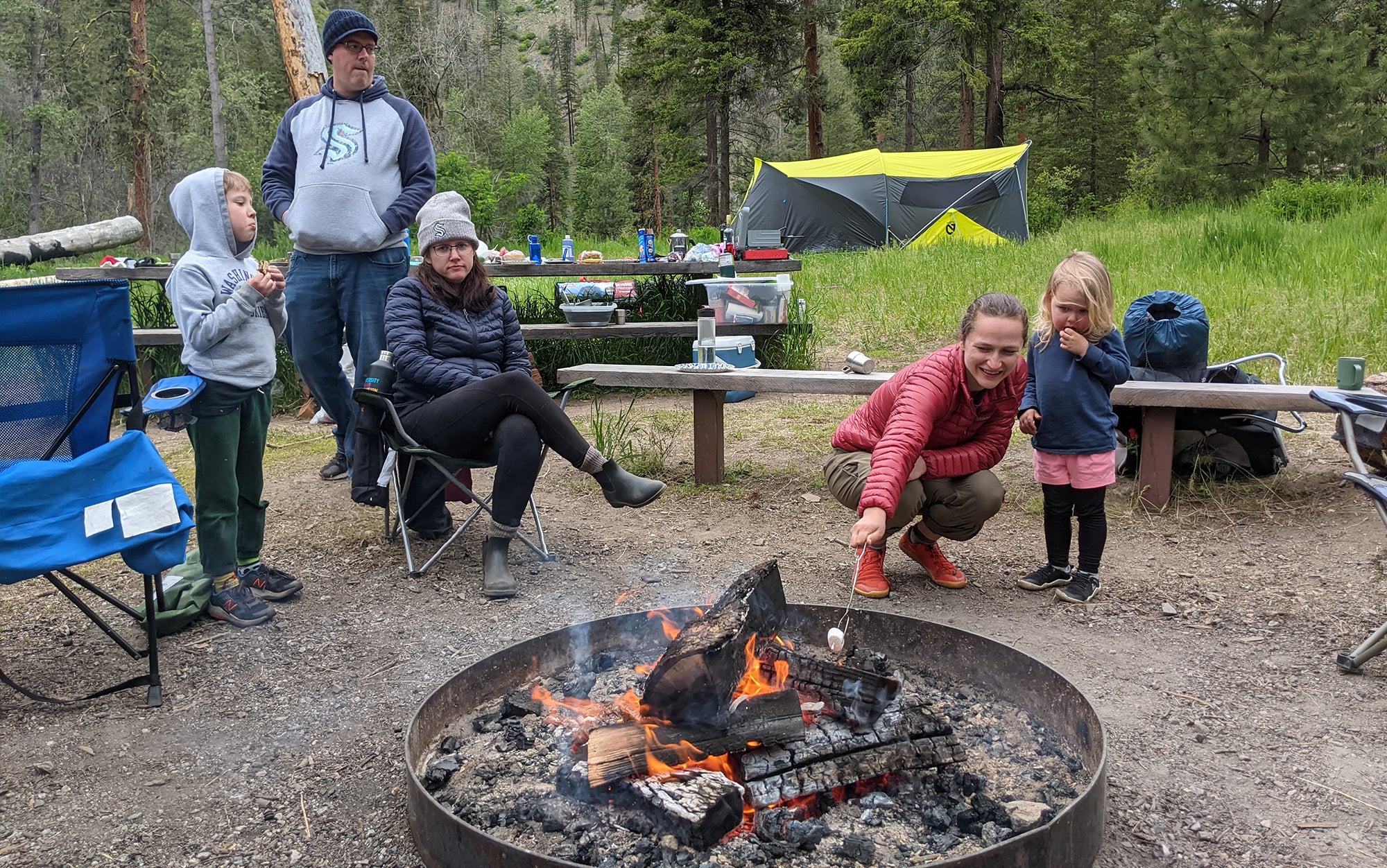
State Campgrounds
Your next stop after searching for a site on Recreation.gov should be state parks. While state parks may not show off the highest mountains or deepest canyons your state has to offer, they are often focused on the actual recreation activities that people in your state most enjoy, whether it’s a great fishing spot or a long stretch of beach or a network of trails for gravel biking. How each state handles these reservations varies. Some allow you to search the entire state in one go, while others keep the reservations for each park on its own dedicated page. But you can often find something unexpected during an otherwise popular summer weekend.
Forest Service Campgrounds
National park campgrounds get all the glory, but their counterparts in the national forest are often just as scenic. Personally, I love national forest campgrounds. My instinct when driving past one for the first time is to take a quick detour to go see what it’s all about. A lot of times what you find are gorgeous campsites that are basically deserted. And this really is the best way to scope them out, at least for now. There aren’t a lot of easy ways to get a feel for them by searching the internet. Not only are they not on the usual listicles of where to go camping, plenty of them don’t have any reviews at all.
Read Next: Camping Hacks
The only catch with these campgrounds is that they are often first come, first served. They do occasionally fill up on the weekends—especially if they are on a beach or especially close to a popular national park campground. So it is a risk, albeit a small one, to show up to one of these campgrounds without a backup plan.
Forest Service campgrounds are typically extremely low maintenance—no flush toilets, no showers, no hookups—so keep in mind your group’s overall comfort level with roughing it when choosing whether to go this route. They do typically have vault toilets, potable water, and dumpsters for trash, but this can vary depending on how the land agency handles things.
Private Campgrounds
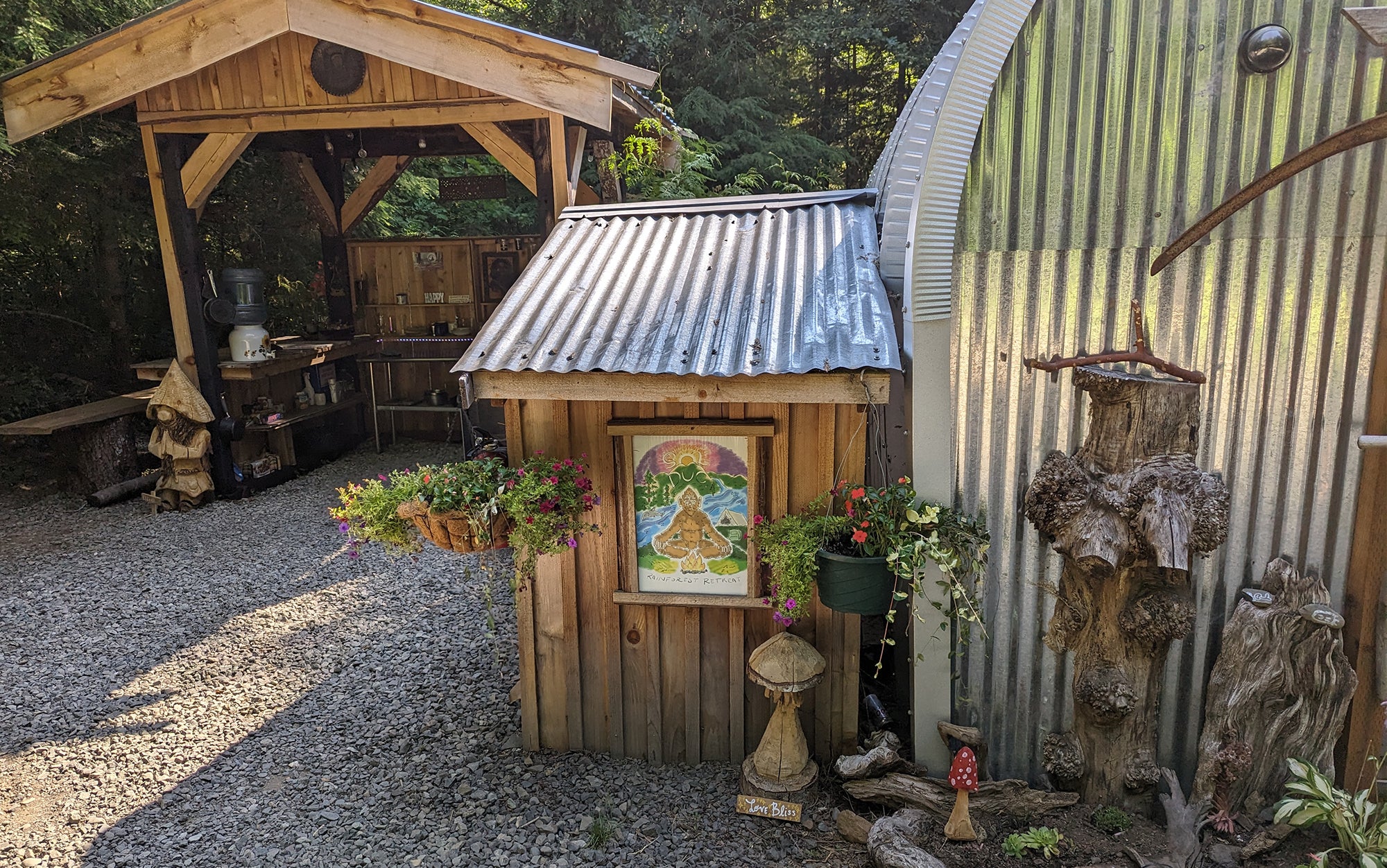
Historically, when I’ve thought of private campgrounds, it’s been KOAs or other RV-oriented patches of grass. You might stay in one of these on your way to a better destination, but it would not be your first choice—or your second, or third—if you were a tent camper. Heck, you might not even want to stay in one if you are an RV camper.
But things have gotten a lot better in recent years. As national park campgrounds and even state park campgrounds have exploded in popularity, there has been a rise in private campsites that you can book through places like Hipcamp and even AirBnB (look for the camping filter). There can be a lot of range to these campsites, from better facilities than even a national park has to offer to nothing more than a flat piece of ground next to some old mining tailings. Finding a site that is actually worth staying at can take some time to sift through. But if you have the patience, some of these can be really special places to stay. And they typically are a lot slower to fill up, meaning you’ll probably be able to find someplace to stay for a holiday weekend, even if you’re only booking a couple of weeks in advance.
I’ve also found that private campgrounds are a great option for first-time campers who might not have all their own gear just yet. You may have the option to reserve a site that has a yurt or a tent already set up, or that may offer meals for an extra charge. I even stayed at a campsite we reserved through Airbnb that had two fully equipped open-air kitchens (with gas stoves) for campers to use during their stay.
Dispersed Camping
If you’ve been camping for a while, you may have started to notice that there are sometimes people camped along the side of the road, nowhere near a campground. Yes, this is legal. Yes, you can do this, too.
Dispersed camping, sometimes called boondocking, is the practice of camping alongside a road. This is typically done on National Forest Service land or Bureau of Land Management land, where there are fewer regulations compared to wilderness areas or national park land. Dispersed campsites have no services—no running water, no vault toilets, no trash cans. Think of it like backpacking, except you’re driving in instead of hiking in.
With dispersed camping, the best sites are generally the ones that have already been established. Look for a flat area with a fire ring, and a cleared-out area that will fit your tent. If there isn’t an available site in the area you’re looking to camp (and it’s not otherwise overcrowded with dispersed sites), follow best practices to minimize your impact on the environment, and minimize the chances that land managers will need to close a given road to dispersed camping in the future.
If this is your first time dispersed camping, you’ll need to plan ahead for trash, water, and bathroom use. With trash, the rule is simply to pack it all out, and try to grab anything those before you might have missed.
Many people who disperse camp simply snag one of the best water camping containers and load up before they head out. If you are camping near a water source, you could also bring along one of the best backpacking water filters. I’d recommend either the MSR Guardian, which is effective against viruses (typically the result of human contamination), or a gravity filter like the Platypus GravityWorks, which can filter up to 4 liters of water at a time while you take care of other camp tasks.
Read Next: Camping Checklist
How you approach toileting will depend on a few factors. You can pee just about anywhere (just be 100 feet away from water sources). Though other backcountry users will appreciate it if you get a bit away from camp to help keep the stink down, especially in more arid environments. In truly remote backcountry dispersed sites you can handle defecation by following Leave No Trace guidelines. If you are in a more heavily used area, where dispersed camps are often full on the weekends, it’s best to plan to pack it all out.
You can either use one of the best composting toilets or simply bring a bucket with a lid. You can add some Pine-Sol to the bucket to effectively mask the smell. At camp, find a scenic, and private, spot for the bucket and replace the lid with a toilet seat. Go about your business. At the end of your time at camp, stick the lid back on the bucket and take your waste home to dispose of. If that sounds like too much of a headache, you can also employ a strategy I often resort to: Keep an eye out for vault toilets on the drive in to your dispersed site (typically found at trailheads or forest service campgrounds). Simply take a short drive back that direction when nature calls.
There are a few reasons that I wouldn’t recommend dispersed camping to someone who is relatively new to camping. The first is that you have to have an idea of where you’re going before you head out. Just because there is a road along a scenic ridge doesn’t mean there will be a flat spot there to camp on. If you’re just starting out with dispersed camping, it’s best to scout out a few spots in advance before committing to your trip.
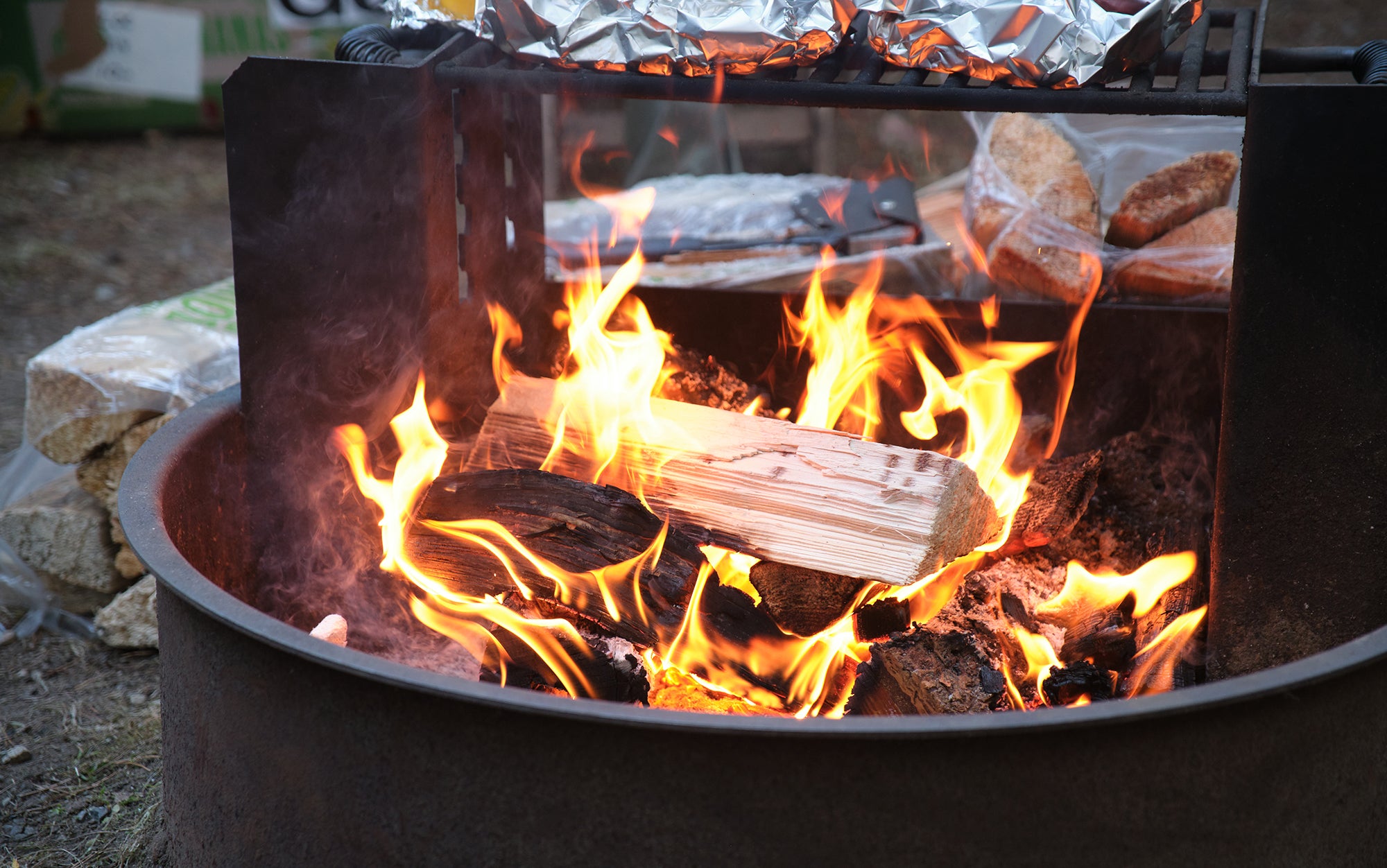
The next is that there are sometimes local restrictions on where dispersed camping is allowed depending on what Forest Service and Bureau of Land Management agency you are dealing with. It’s best to be reasonably familiar with the area you’re going to or, ideally, have a conversation with a ranger to make sure you know how things work. Rangers can also help if you’re coming from out of the area to understand local restrictions on dispersed camping. In my experience, restrictions on dispersed camping are not typically marked on road signage.
Read Next: How to Choose a Campsite
Dispersed camping can be great, fun way to get away from the crowds to find your own spot of wilderness. However, it’s essential that you leave your dispersed campsite better than you found it (no trash), respect where land managers are discouraging dispersed camping (a deconstructed campfire pit is a telltale sign), and avoid creating new sites as much as possible. The most common reason for areas of the wilderness to be closed off to dispersed camping is because of excessive human impact.
FAQs
Q: Where is the best place to camp for a beginner?
I recommend first-time campers start with state parks. These typically have a lot of the same services (like flush toilets, electric hookups, and showers) as national park campgrounds, and are less competitive to book.
Q: What makes a perfect campsite?
The perfect campsite will make you feel enveloped in nature, with none of the noise or sights or smells of urban living around you. You can find these spots in every state in the country.
Q: What is the best age for camping?
You can take very young children, even babies, camping and have a great time. In fact, the younger they are when they first start camping the easier it is for them to adjust to the newness of sleeping in a tent in the great outdoors. You can also keep camping well into your senior years; in fact, working as a campground host is extremely popular among retirees.
Final Thoughts on Where to Go Camping
If you’ve been discouraged at the prospect of heading out camping due to overcrowding at the nearest national park campgrounds, this story may give you some ideas to get back on track. It may sometimes feel like there are simply too many people out there trying to camp, but the reality is that we’re only scratching the surface of the recreational opportunities in the great outdoors. And who knows? Maybe you’ll find yourself that perfect spot off the beaten path that will become your family’s new go-to.
The post Where to Go Camping to Beat the Crowds appeared first on Outdoor Life.
Articles may contain affiliate links which enable us to share in the revenue of any purchases made.
Source: https://www.outdoorlife.com/adventure/where-to-go-camping/

